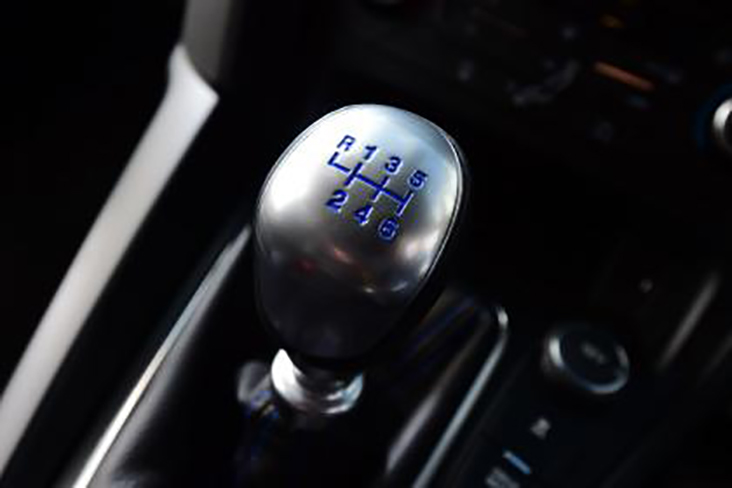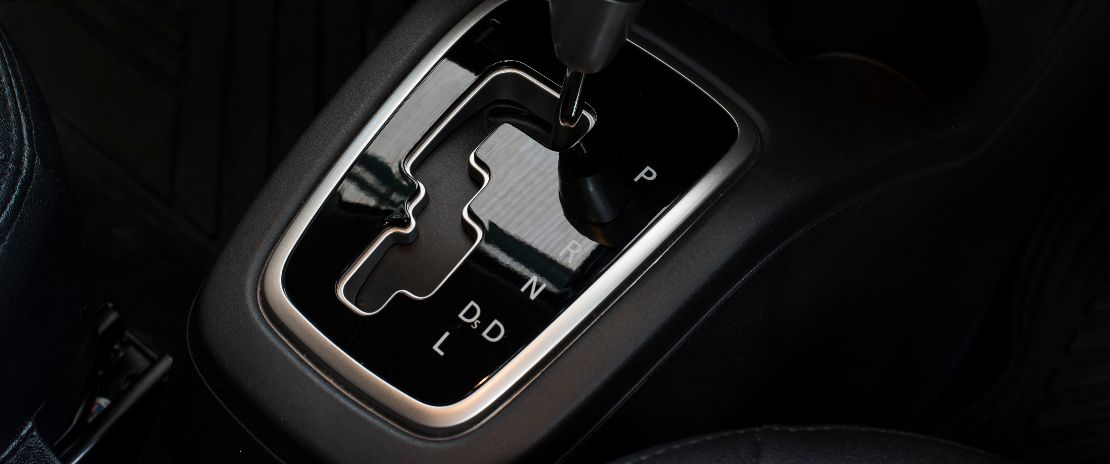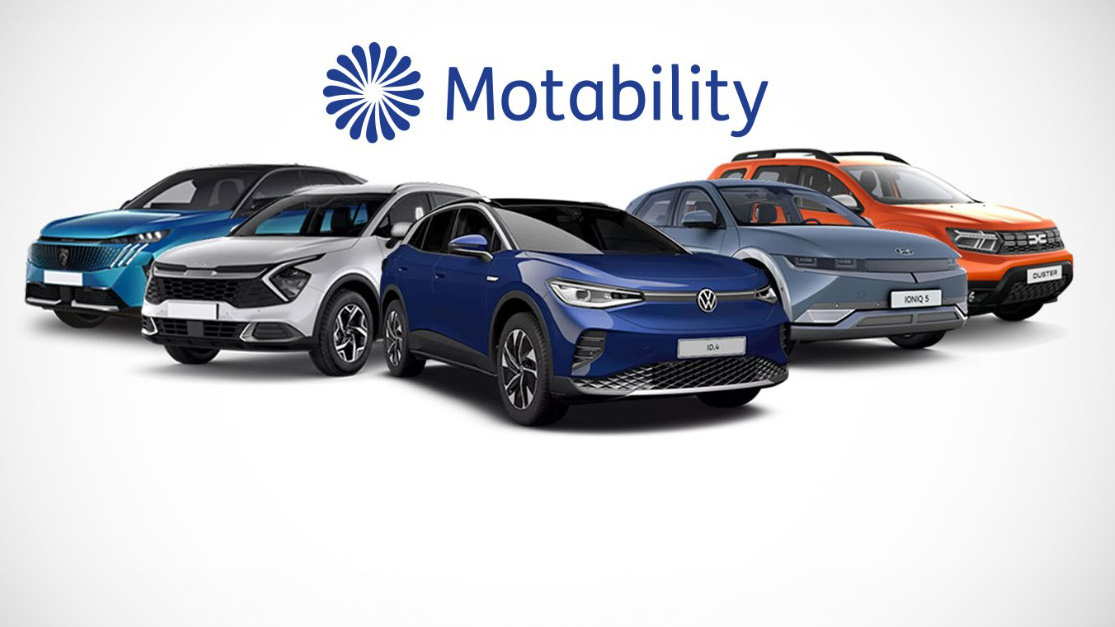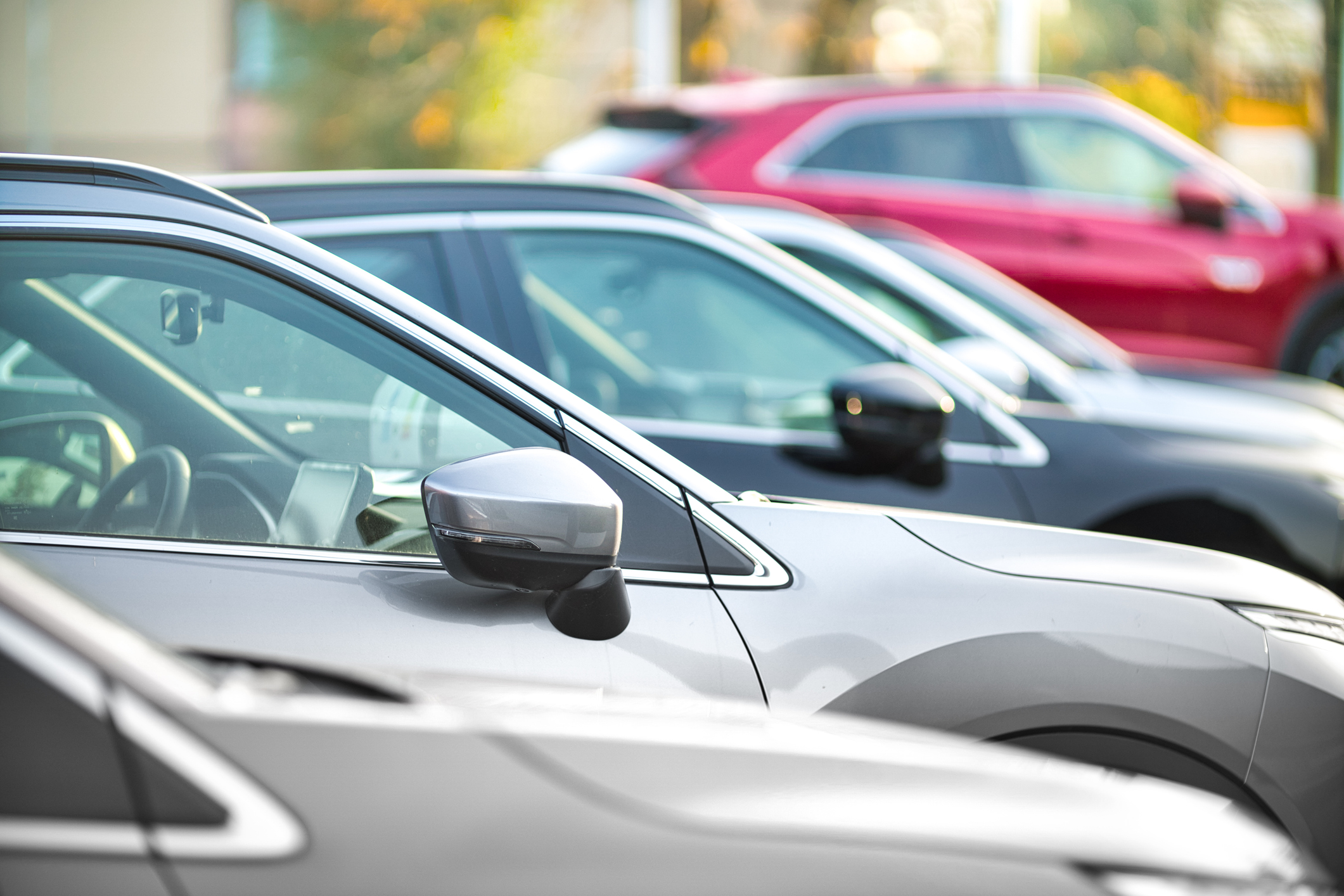This article from Auto Express looks at the different aspects of car handling. You might find this information useful to help you understand which car best suits your needs when it comes to car handling. If you’re renewing your lease or are new to the Motability Scheme, you can use the car search tool to find the right car for you, before finding a dealer and taking it for a test drive.
For many drivers, car handling is something that they’re unlikely to ever think about. But what goes on under your car, and how the suspension and steering are set up, can have a significant impact on how easy or hard a car is to drive. To give you an idea of what happens when you drive your car, we’ve compiled this page to explain what car handling is all about and why it matters.
You might think car handling is something that you only need to worry about if you’re involved in motorsport. It’s arguable, however, that trying to set-up a car for everyday driving is actually harder than tuning a racing car to the specific needs of a race circuit. It’s also extremely important for manufacturers to get the balance right as car handling is at the heart of how enjoyable a car is to use.
There are so many factors to think about, starting with what kind of car the suspension, steering and brakes are being set up for. If it’s a sports car, then you want to tune the suspension so that it delivers fast cornering, but this will come at the expense of soaking up bumps. And it’s vice-versa for a car designed to deliver comfort over handling – although you don’t want a car to be too soft, as it could make passengers feel queasy.
The cars with perhaps the most work to do in terms of set-up are crossovers and SUVs. Not only do these models need to deliver the usual balance of comfort and handling, some also need to deliver off-road ability, too, so there’s a whole other set of requirements to meet.
Car manufacturers don’t start with a blank sheet when it comes to the mechanical parts of their cars – there’s always a cost compromise to be factored in, too. Small cars usually feature a basic suspension set-up that is cheap to manufacture, and this demands more compromises in terms of performance than the more sophisticated suspension seen in more expensive cars.
On the whole, the steering systems in modern cars are largely the same, featuring a steering rack and a pinion gear connecting the wheels to the steering wheel. However, again there are varying degrees of weight, speed and electronic assistance that are added to the rack to suit different requirements.
Modern cars will also come with a variety of other electronic aids to help them handle and steer better while improving safety. Electronic Stability Control (ESC) helps to keep a car on the road should the sensors detect the tyres losing grip, while cars with different drive settings can deliver comfort or sporty settings at the press of a button. And if you add adaptive dampers to the mix, it means you can buy a car that can suit almost all driving conditions you’re likely to encounter.
That’s a basic overview of what makes a car handle well or poorly, but what about the ingredients themselves? Read on to find out more…
Suspension
Whatever car you drive, its suspension will have been tuned and set up by the manufacturer to deliver a specific type of performance. Some cars get soft suspension so that they are comfortable to drive, but they will tend to roll in corners, while others get stiff suspension to deliver fast cornering speeds at the expense of comfort. Either way, a car’s suspension set-up is symmetrical, so the left side is the same as the right side, and a car handles exactly the same whether you’re turning left or right.
In basic terms, the suspension is made up of an arm or arms that hold an upright in place, and the car’s brake and wheel is attached to this upright. Also included will be a spring that absorbs bumps, while a damper will work with the spring to smooth out the ride. This is the basic arrangement, although variations between cars are broad, as manufacturers have to compromise on space, packaging, cost and the kind of ride performance they want from a car.
While racing cars will have suspension that is set up to maximise performance, a road car will be given a conservative set-up to cope with general use and to deliver a safe and secure driving experience. This means the car will usually be set up with understeer dialled in, so that if the car loses traction, it will simply run wide and the situation will be easy to remedy.
Steering
Nearly every modern car features a rack-and-pinion steering set-up. This comprises a steering rack that is controlled by the steering wheel via a pinion system. This provides a direct link from the steering wheel to the front wheels, and is the most direct type of steering mechanism available. In a performance car especially, it’s an essential ingredient that the steering provides some form of feedback – where bumps and the movement of the front wheels can be felt through the steering wheel by the driver.
Most new cars feature a servo that gives power assistance to the steering so that it’s easier to turn the wheel at low speeds. But in performance cars this assistance can disrupt the feedback you get from the steering, so manufacturers always try to strike a good balance between assistance and feel.
Wheels
The car’s wheels are not only designed to look good, they can be designed to boost performance as well. Wider wheels mean bigger tyres can be fitted, which improves grip, while large diameter wheels can improve the feel of a sports car, although they may also mean bumps are more easily felt in the cabin. Manufacturers can use different wheel offsets to adjust a car’s handling characteristics, while lighter alloy wheels give a lower unsprung weight – the amount of weight being held onto by the suspension when it’s lifted off the ground – which can also boost handling.
Tyres
Perhaps an often overlooked part of car handling is tyres. Switching rubber can have a significant impact on the way a car behaves. Some rubber is designed more for comfort than grip, and you might notice a difference in road noise from different tyre brands, while wider tyres improve grip in corners. Tyre pressures are also important when it comes to handling, as having odd pressures from one side of the car to the other can upset a car’s balance. Your car’s recommended tyre pressures can be found in the owner’s manual or on a sticker on the bodywork, either in a door opening or behind the fuel filler flap. It’s always worth regularly checking the amount of air pressure in your tyres is correct.
Brakes
While a car’s brakes don’t have a direct impact on its handling, they make up part of the unsprung weight that the suspension has to deal with. Nearly every new car sold comes with an anti-lock braking system (ABS) and this is usually set up to work with the ESC to ensure the car will come to a safe and secure stop when braking.
Braking power is important for inspiring confidence in a car’s drivers and powerful brakes can do much to help performance cars scrub off speed quickly but most important is pedal feel and response. This allows drivers to brake accurately, removing the right amount of speed without provoking the electronic safety net into action.
Gearbox
The car’s gearbox doesn’t directly affect a car’s handling, but a responsive gearbox can boost confidence in the way a car drives. Correctly spaced gear ratios make the best use of the engine’s power and can make a car good to drive, while badly spaced gears will be frustrating.
The gearbox is connected to the wheels via a differential, which allows the inside and outside wheels to rotate at different speeds. Some sports cars feature a limited-slip differential (LSD), which limits the amount of slip between the wheels, this can boost cornering performance. Again, electronic systems on some cars are able to emulate an LSD by braking an inside wheel in corners to allow a car to hold its line in a bend.
A manual gearbox is considered to be the gearbox of choice for enthusiastic drivers, as it puts the driver in full control of the car, but the automatic gearbox has come on in leaps and bounds in the past few years to offer an alternative option.
While conventional auto boxes are still designed for cruising over fast driving, the latest eight-speed autos seen in BMWs and Jaguars, plus the twin-clutch semi-auto pioneered by Volkswagen, offer great control and are able to shift faster than a regular manual. Indeed, Ferrari no longer offers a manual gearbox on its road cars, instead relying on F1-style technology to deliver racing car-like shifts.
Whatever gearbox you choose, it needs to offer positive shifts that ensure you’re in the right gear at the right time.
This article was written by Dean Gibson from Auto Express and was legally licensed through the NewsCred publisher network. Please direct all licensing questions to legal@newscred.com.
Related articles
Manual vs Automatic: Which gearbox is right for you?
Everything you need to know about Autonomous Emergency Braking
![]()









